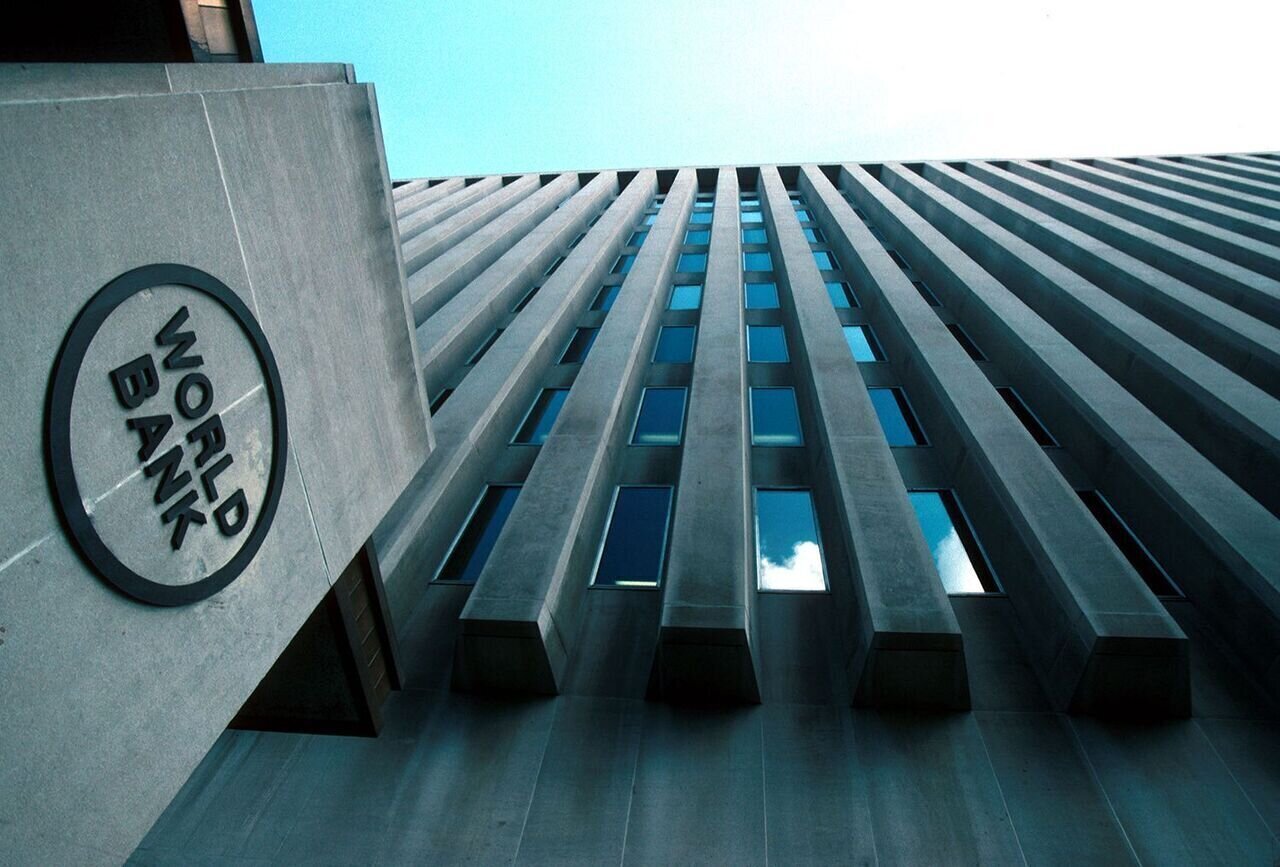Iran’s poverty headcount ratio drops 37% in 2 years: WB

TEHRAN - World Bank statistics indicate that Iran’s poverty headcount ratio has decreased by 37 percent over during 2020-2022, IRNA reported.
Based on the WB data, the ratio of the population with absolute poverty to the total population in Iran was 0.8 percent in 2020, however, the figure reached 0.7 percent in 2021, and then to 0.5 percent in 2022.
This international organization defines poverty based on a daily income of 2.15 dollars per person (based on the purchasing power parity index at constant prices in 2017) and this figure is the minimum amount that a person needs to meet their basic needs.
The poverty headcount rate of 0.5 percent in Iran is the lowest rate recorded for this index in the last five years. In 2017, the ratio of the headcount poverty in Iran to the total population was 0.3 percent, and this figure went through a more or less upward trend until 2020 and reached 0.8 percent this year.
In another report earlier this month, In its new report on food security, the World Bank announced that Iran was able to reduce inflation of food products by 48 percent in a year.
Based on the mentioned report, food inflation in Iran was about 79.5 percent in March 2023, which decreased by 48 percentage points to 31.2 percent in February 2024, and Iran has been among the successful countries in reducing food inflation.
Argentina had the highest food inflation rate among the countries in the world; the food inflation rate of this country in February 2024 was reported to be 303 percent, higher than any other country.
Among the 10 countries with the highest food inflation in the world, some West Asian and North African countries, including Lebanon, Turkey, Egypt, and Palestine can be seen.
Lebanon with 103 percent food inflation and Zimbabwe with 84 percent inflation have been ranked second and third respectively. Turkey ranks fourth with 71 percent inflation and Venezuela ranks fifth with 61 percent inflation.
Egypt with 51 percent, Sierra Leone and Myanmar with 50 percent, Palestine with 42 percent, and Nigeria with 38 percent are ranked sixth to tenth in this regard.
“According to the Food and Agriculture Organization of the United Nations (FAO), there is an urgent need for foreign food aid in 45 countries around the world: 33 countries in Africa, nine countries in Asia, two countries in Latin America and the Caribbean, and one country in Europe,” the report said.
EF/
Leave a Comment